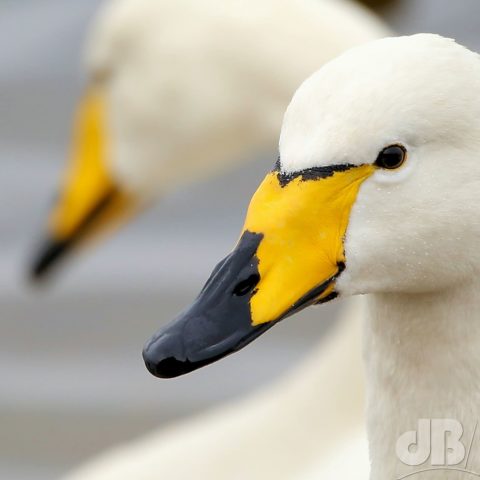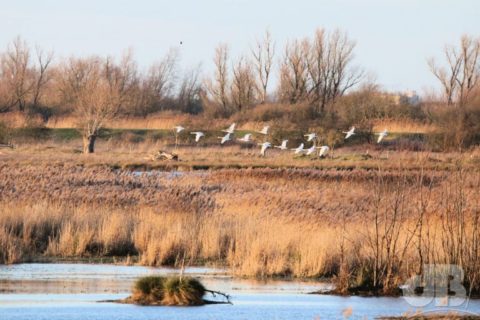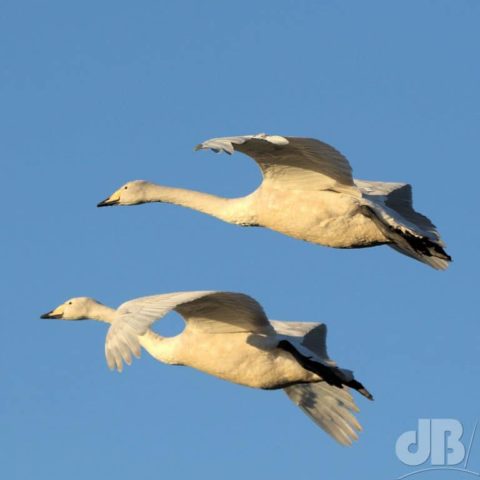TL:DR – Even small wetland nature reserves could help boost Whooper Swan wintering populations in the UK.
A new study has shown that protected wildlife areas are crucial for the survival of Whooper Swans, a species of migratory bird. These protected areas are important for species conservation, but it has been uncertain how effective they are when species move between protected and nonprotected areas throughout their lives. The research, conducted by Stuart Bearhop, Richard Sherley, and their colleagues, analyzed data on more than 10,000 Whooper Swans (Cygnus cygnus, also known as the Common Swan) over 30 years at 22 different sites in the UK, three of which are managed as nature reserves.

The study found that although Whooper Swans (pronounced hooper, silent W) were less likely to breed when wintering inside nature reserves than outside of them, their survival rate for all ages was significantly higher and their population growth rates were 30 times higher inside the reserves compared to outside of them. The researchers also noted that there was a net movement of Whooper Swans from nature reserves to areas that were less protected than reserves.

It’s worth adding that the Whoopers we see in England will have migrated from Iceland, Scandinavia, and elsewhere and will head back each spring to their breeding grounds in the far north. There is no expectation that this species, nor the closely related Bewick’s Swan (Cygnus bewickii) would breed on our wetland nature reserves.

The study’s population models projected that the protective effects of nature reserves could double the population of Whooper Swans wintering in the UK by 2030. The authors emphasized that even if protected nature reserves are relatively small and only used for a part of a species’ life cycle, they can still have a significant impact on the populations of migratory bird species that live in them.
These findings highlight the importance of protecting wildlife areas and managing them effectively to support the survival of migratory birds like the Whooper Swan.
There are commonly several hundred Whooper Swans on our patch each winter and thousands slightly farther north.